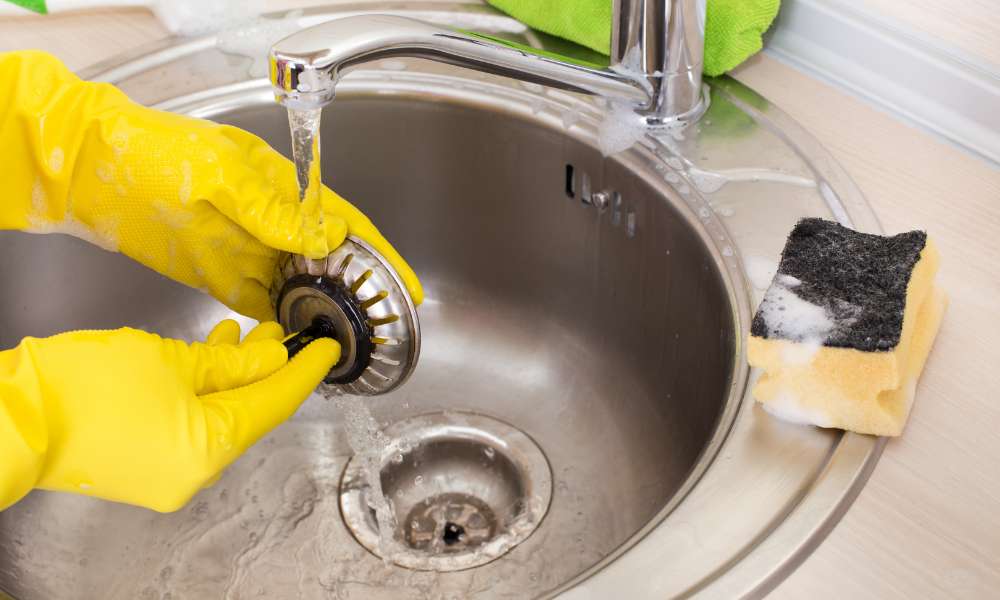Understanding the components of your kitchen sink is essential for maintaining a functional and leak-free plumbing system. One crucial component often overlooked is the sink flange. In this article, we delve into “What is a sink flange,” exploring its role, varieties, and significance in your kitchen’s plumbing framework. A sink flange is not just a mere fixture; it’s integral to connecting the sink to the drainage system, ensuring everything runs smoothly and efficiently. Whether you’re installing a new kitchen sink or troubleshooting existing plumbing, knowing about the sink flange can save you time and prevent potential issues. Join us as we uncover everything you need to know about sink flanges.
The Role of a Sink Flange in Your Plumbing System
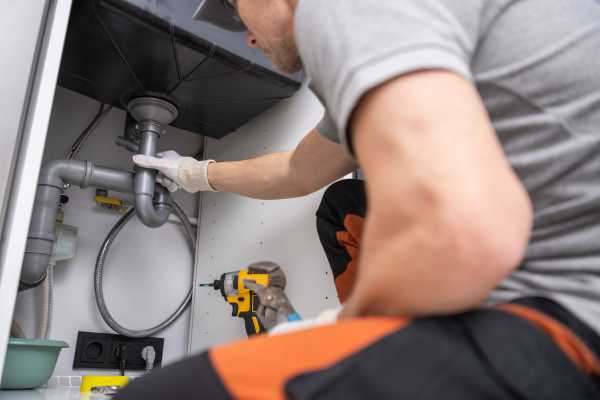
A sink flange plays a pivotal role in ensuring the integrity of your kitchen’s plumbing system. Positioned at the point where the sink basin meets the drain, this component serves as a crucial seal, preventing leaks and water damage. It secures the garbage disposal unit on one side, while linking the plumbing beneath the sink on the other, facilitating a smooth flow of waste into the sewage system. Understanding the function of the sink flange can help homeowners maintain their plumbing systems more effectively, ensuring everything operates seamlessly and efficiently, thus avoiding common issues like clogs and water backup.
Types of Sink Flanges: Materials and Designs
Sink flanges come in a variety of materials and designs, each suited to different aesthetic preferences and functional requirements. Stainless steel flanges are popular for their durability and resistance to corrosion, making them ideal for busy kitchens. Brass options offer a classic look with robust performance, while composite flanges are chosen for their affordability and lightweight properties. Design-wise, some flanges feature intricate detailing to complement upscale decor, whereas others maintain a simple, sleek appearance for modern minimalism. Choosing the right type involves balancing these material and design considerations with your overall kitchen style and usage needs.
How to Choose the Right Sink Flange for Your Kitchen
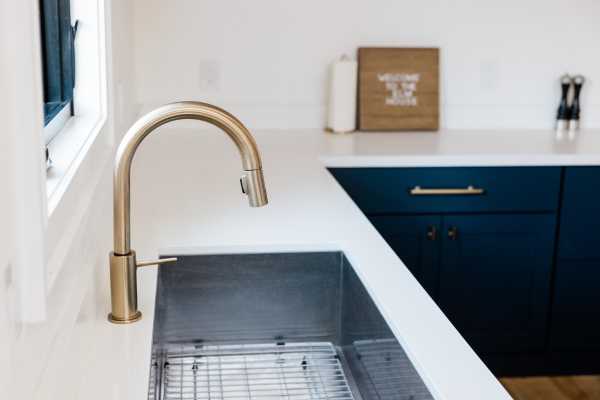
Selecting the perfect sink flange for your kitchen involves considering both function and aesthetics. Start by matching the flange material with your sink type; stainless steel flanges are ideal for matching durability, while copper or bronze options complement traditional décor. It’s important to measure the diameter of your sink’s drain hole to ensure a snug fit. Additionally, think about the finish and how it coordinates with your other kitchen fixtures, such as faucets and handles. Opting for a high-quality flange can prevent leaks and ensure that it stands up to daily use, making this small component a big player in the longevity of your kitchen plumbing.
Step-by-Step Installation Guide for a Sink Flange
Installing a sink flange is a straightforward process that requires just a few tools and some attention to detail. Begin by applying plumber’s putty around the drain opening, then press the flange firmly into place. Next, secure the flange from underneath the sink by attaching the mounting ring and tightening the screws evenly. This ensures a balanced, tight fit that prevents leaks. Once secured, wipe away any excess putty and attach the tailpiece to the flange. Following these steps not only simplifies the installation but also ensures your is set up for optimal performance, maintaining the integrity of your kitchen’s plumbing system.
Common Problems Associated with Sink Flanges
Sink flanges, despite their importance in kitchen plumbing, can present several issues if not properly maintained. Leakage around the flange is a frequent problem, often due to a failed seal or improper installation. Over time, corrosion can also affect metal flanges, especially in environments with high moisture, leading to deterioration and potential leaks. Another common issue is the loosening of the flange, which can cause water to seep under th and create mold or water damage. Addressing these problems promptly can prevent more significant plumbing failures and ensure the longevity of your kitchen sink installation.
How to Maintain Your Sink Flange for Longevity
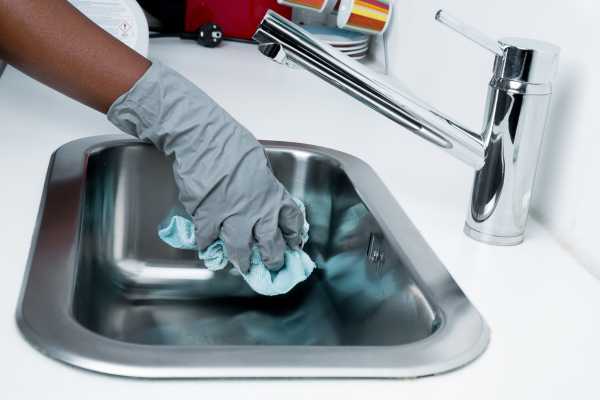
Maintaining your sink flange is crucial to ensure it continues to function effectively and prevent leaks. Regularly cleaning the flange with mild soap and water can keep it free from debris and buildup. It’s also important to check for signs of corrosion or damage, which could compromise the seal and stability of the sink’s connection. For optimal longevity, apply a small amount of plumber’s putty or silicone sealant during installation or maintenance checks to reinforce the seal. These simple steps can significantly , ensuring a durable and reliable kitchen plumbing system.
The Importance of Proper Sealing in Sink Flange Installation
Proper sealing is paramount when installing a sink flange to prevent water damage and leakage. A well-sealed flange ensures that no water seeps through the gaps between the sink and the plumbing, protecting your cabinets and floors from moisture. It’s important to choose the right type of sealant, such as silicone or plumber’s putty, which provides a durable and flexible seal. Applying the sealant correctly can extend the lifespan of your sink installation and maintain the integrity of your kitchen’s plumbing. This step is crucial not only for function but also to avoid costly repairs due to water damage in the future.
DIY vs. Professional Installation of Sink Flanges
Deciding between DIY and professional installation of sink flanges hinges on skill level and project complexity. Tackling the installation yourself can be cost-effective and rewarding, provided you have the right tools and basic plumbing knowledge. However, it can also be risky if you’re unfamiliar with plumbing intricacies, potentially leading to leaks or damage. On the other hand, hiring a professional ensures a reliable and secure fit, crucial for preventing future issues. Professionals bring expertise that goes beyond basic installation, offering peace of mind and often a warranty on their work.
Troubleshooting Tips for Sink Flange Issues
Dealing with sink flange issues can be frustrating, but troubleshooting them effectively can save time and money. If you notice leaks around the flange, check the seal for wear or damage, as it may need replacement. For drainage problems, ensure the flange is properly aligned and clear of debris. Tighten loose mounting screws to secure the flange and prevent movement. In cases of persistent odors, cleaning the flange area with a mixture of baking soda and vinegar can help. If the issue persists, consider inspecting the surrounding plumbing for additional concerns. Regular maintenance and timely fixes are key to keeping your sink flange functioning efficiently and avoiding costly repairs.
When to Replace Your Sink Flange
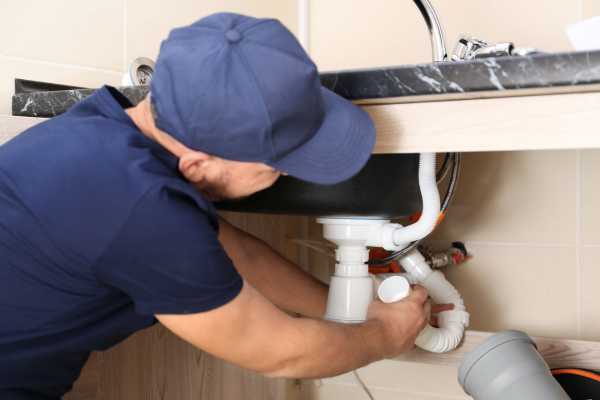
Replacing a sink flange is necessary when you notice persistent leaks, visible rust, or damage that affects its functionality. Over time, wear and tear can lead to loose fittings or cracks that compromise the seal between the sink and the drain. If your sink flange no longer fits securely or shows signs of corrosion, it’s time for a replacement to prevent further plumbing issues. Frequent clogs or unpleasant odors may also indicate that the flange is deteriorating. Addressing these problems promptly ensures your kitchen sink operates efficiently while avoiding costly repairs down the line. Regular inspections can help identify when a sink flange needs replacing, keeping your plumbing in top condition.
Conclusion,
understanding what is a sink flange is key to maintaining a well-functioning kitchen sinks. This small but vital component ensures a secure connection between your sink and drainage system, preventing leaks and ensuring smooth operation. By recognizing its role, materials, and common issues, you can make informed decisions about maintenance or replacement when necessary. Whether you’re upgrading your kitchen or troubleshooting plumbing concerns, knowledge about the sink flange can save you time and effort. A properly installed and maintained sink flange not only enhances your sink’s efficiency but also contributes to the longevity of your plumbing system. Stay informed and keep your kitchen running seamlessly.
